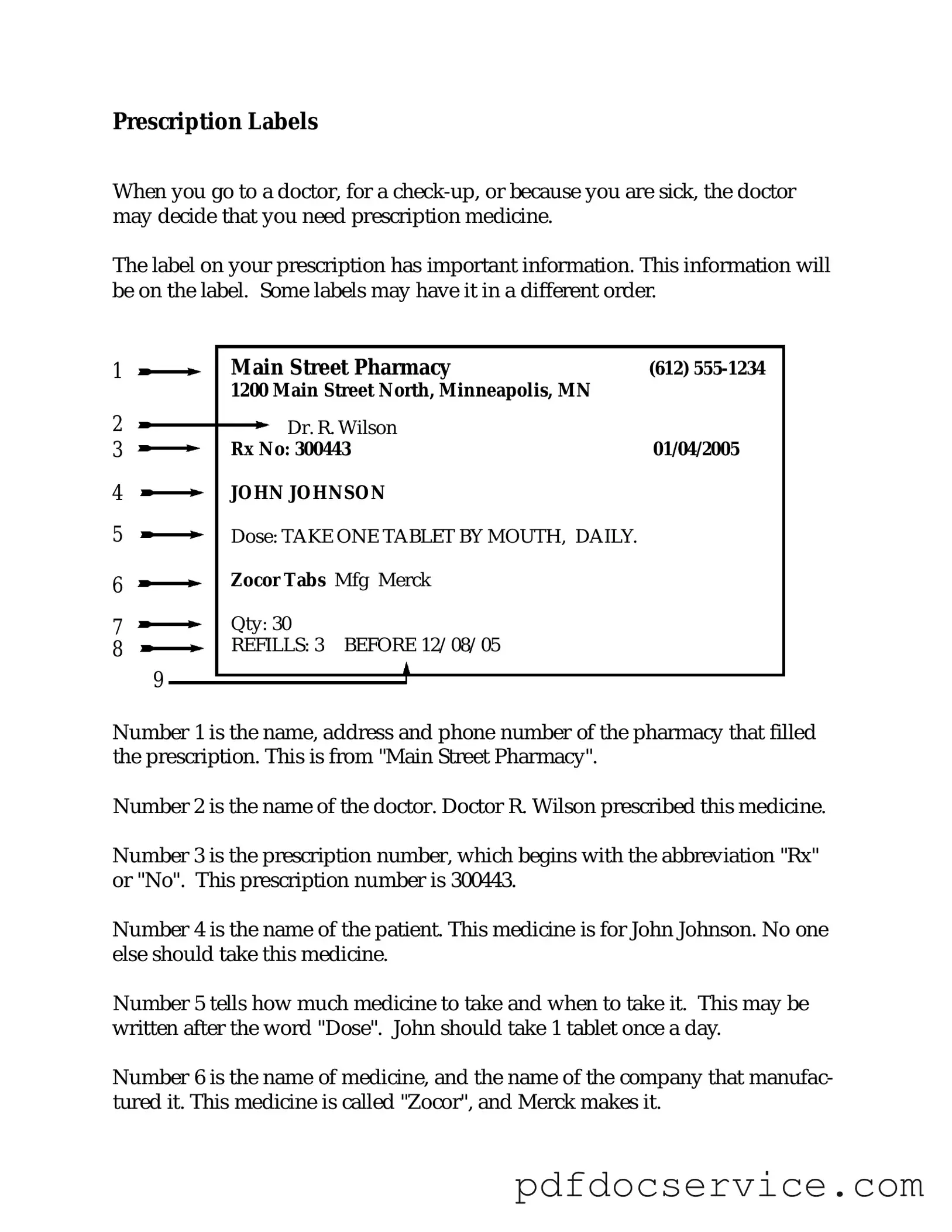Fill Your Prescription Label Form
The Prescription Label form is a vital document used in the healthcare system to provide essential information about prescribed medications. This form ensures that patients receive the correct dosage and instructions, promoting safe and effective medication use. Understanding the components of this form can help patients navigate their prescriptions with confidence.
Open Prescription Label Editor
